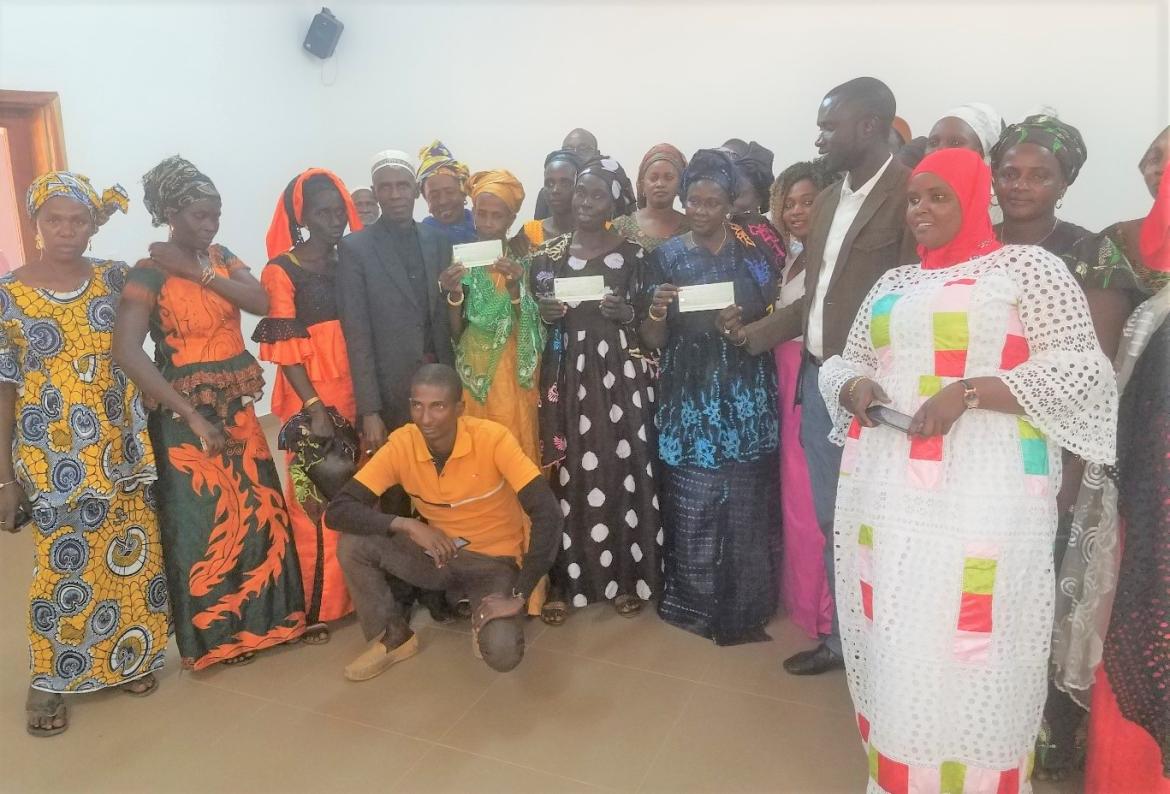GIIF in Senegal: Providing Financial Protection to Small Farmers Through Index Insurance

Senegal is a strong example of continuous improvement in agriculture insurance sector from GIIF’s long-term financial, operational and technical support. At present, in addition to targeted technical trainings, GIIF’s focus is to scale up product offerings of the country’s national agriculture insurance company Compagnie Nationale d’Assurance Agricole du Sénégal (CNAAS) and modernize its technological infrastructure.
While agriculture in Senegal contributes to 35% of annual GDP, the systems are largely rain-fed and underdeveloped. The country is vulnerable to several climate-related risks including drought and floods, severely affecting the livelihoods of smallholder farmers. CNAAS expects to reach 375,000 farmers, representing approximately half of the smallholder households in the country, with innovative climate risk solutions in the next five years.
In 2019, Senegal received a significant payout from African Risk Capacity (ARC) to cover losses due to crop failures resulting from the severe rainfall deficits and drought during the 2019 agricultural season. For a total premium paid about 1.8 billion CFA ($3m), it was announced in early September 2019 that the Government of Senegal would receive a payout of about 13 million CFA ($22m).
Aside from the sovereign cover provided by ARC to the Government, Senegalese smallholder farmers can get insurance cover from CNAAS, the only insurance company specialized in the underwriting of agricultural risks in the country. During the period between 2012-2019, Senegalese smallholder farmers received a cumulated US$ 4.1m (XOF 2.4 billion) from CNAAS in compensation for losses due to climate shocks (mainly drought). In 2019 alone, total compensations to smallholder farmers amounted to US$ 875,563 (XOF 519m).
These compensations have positively impacted their livelihoods as ascertained by a 2018 survey in 7 regions of the country (Ziguinchor, Sedhiou, Kolda, Tambacounda, Kaffrine, Kaolack and Fatick). Majority of farmers that received payouts in those regions stated their satisfaction with the compensation received and declared being better-off after receiving payouts than in previous seasons when they were not covered by insurance. The compensation enables recipients to pay back their outstanding loans from financial institutions, as well as input credit from their cooperatives and offtakers. Compensations to insurance beneficiaries also allow them to safeguard their assets and revenues and facilitate enhanced trust in insurance products. Furthermore, compensations improve access to finance and agricultural investments by providing a safety net that prevents farmers from falling in the traps of over-indebtedness and acute poverty due to production losses. The study has revealed that for farmers who received compensation, the lean season was considerably reduced due to their ability to save money for food before the next crop season. This is testament to how much insurance claims compensations can protect livelihoods of smallholders, who mainly depend on rain-fed agriculture.
In addition, an InsurTech feasibility study was also carried out to assess the possibility of using technology, in particular mobile phones, to facilitate the distribution and scale up of weather index insurance in Senegal. A dissemination workshop was organized in Dakar in April 2019 and the findings were already adopted by CNAAS to formulate an InsurTech strategy. Moreover, the recommendations are being implemented to pilot a project that leverages technology in the design and distribution of index insurance products in the country.
Photo: Farmers in Senegal receiving their compensations
Photo credit : CNAAS - Compagnie Nationale d'Assurance Agricole du Sénégal
